takers not makers
The unjust poverty and unearned wealth of colonialism
EXECUTIVE SUMMARY
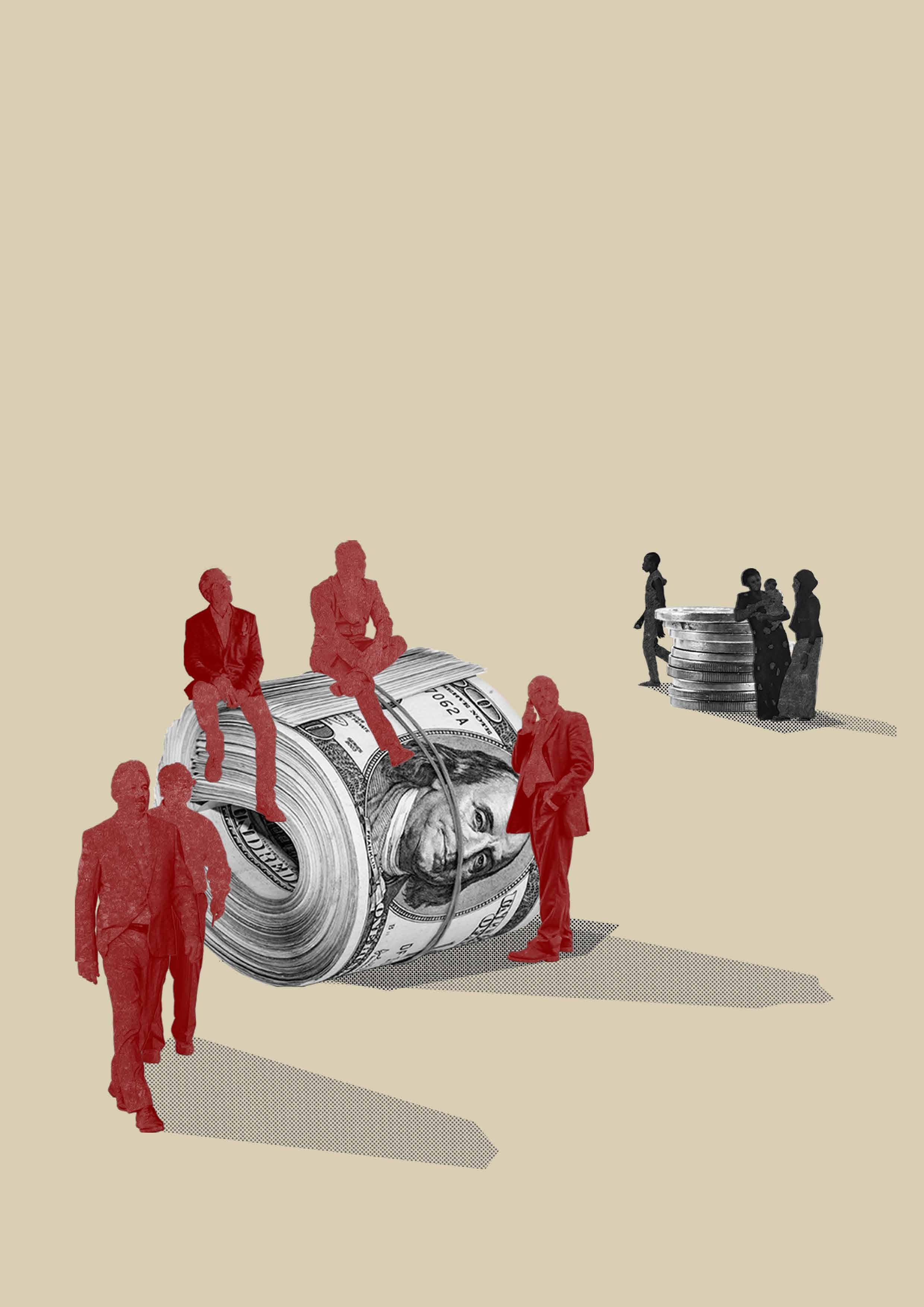
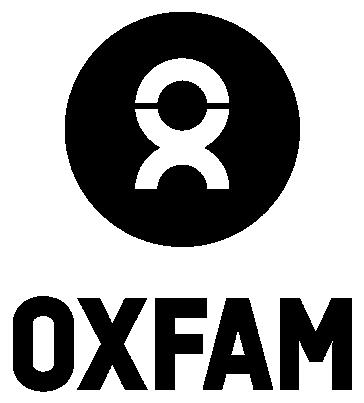
‘We are often told “Colonialism is dead”. Let us not be deceived or even soothed by that. I say to you, colonialism is not yet dead. How can we say it is dead, so long as vast areas of Asia and Africa are unfree. And, I beg of you do not think of colonialism only in the classic form which we of Indonesia, and our brothers in different parts of Asia and Africa, knew. Colonialism has also its modern dress, in the form of economic control, intellectual control, actual physical control by a small but alien community within a nation. It is a skilful and determined enemy, and it appears in many guises. It does not give up its loot easily. Wherever, whenever and however it appears, colonialism is an evil thing, and one which must be eradicated from the Earth.’
President Sukarno of Indonesia, address to Bandung Conference, 1955
Note to above: In April, 1955, representatives from twenty-nine governments of Asian and African nations gathered in Bandung, Indonesia to discuss peace and the role of the Third World in the Cold War, economic development, and decolonization. The Bandung Conference and its final resolution laid the foundation for the nonaligned movement during the Cold War.
Billionaire wealth has risen three times faster in 2024 than 2023. Five trillionaires are now expected within a decade. Meanwhile, crises of economy, climate and conflict mean the number of people living in poverty has barely changed since 1990. Most billionaire wealth is taken, not earned- 60% comes from either inheritance, cronyism and corruption or monopoly power. Our deeply unequal world has a long history of colonial domination which has largely benefited the richest people. The poorest, racialized people, women and marginalized groups have and continue to be systematically
exploited at huge human cost. Today’s world remains colonial in many ways. The average Belgian has 180 times more voting power in the World Bank1 than the average Ethiopian. This system still extracts wealth from the Global South to the superrich 1% in the Global North at a rate of US$30million an hour. This must be reversed. Reparations must be made to those who were brutally enslaved and colonised. Our modern-day colonial economic system must be made radically more equal to end poverty. The cost should be borne by the richest people who benefit the most.
Source: Forbes
Acknowledgements
© Oxfam International January 2025
Lead authors: Anjela Taneja, Anthony Kamande, Chandreyi Guharay Gomez, Dana Abed, Max Lawson and Neelanjana Mukhia.
Commissioning manager: Anjela Taneja.
Publication manager: Harry Bignell
Oxfam acknowledges the assistance of Alex Maitland, Ally Davies, Anna Marriott, Amina Hersi, Annie Thériault, Audra Williams, Barbara Scottu, Carlos Brown Solá, Carolina Gonçalves, Charlotte Becker, Christian Hallum, Deepak Xavier, Didier Jacobs, Ed Pomfret, Emma Seery, Grazielle Custódio, Hernan Saenz, Inigo Macias Aymar, Irit Tamir, Jane Garton, Jonas Gielfeldt, Joss Saunders, Julien Desiderio, Khalid Said, Lucy Cowie, Mustafa Talpur, Nabil Abdo, Nabil Ahmed, Rod Goodbun, Salvatore Nocerino, Seán McTernan, Susana Ruiz and Victoria Harnett.
This publication is copyright, but the text may be used free of charge for the purposes of advocacy, campaigning, education, and research, provided that the source is acknowledged in full. The copyright holder requests that all such use be registered with them for impact assessment purposes.
For copying in any other circumstances, or for re-use in other publications, or for translation or adaptation, permission must be secured and a fee may be charged.
The information in this publication is correct at the time of going to press. Published by Oxfam International under DOI: 10.21201/2024.000050
Oxfam is grateful to the authors of the background papers it commissioned on the same themes: Nabil Abdo, Grazielle Custódio, Anjela Taneja, Anthony Kamande, Neelanjana Mukhia, Dorra Chaouachi, Dana Abed, Fiana Arbab, Chandreyi Guharay Gomez, Pubudini Wickramaratne (Oxfam) and Kayum Ahmed (independent consultant).
Designed by Nigel Willmott with data visualisation support from Julie Brunet.
Several experts and organisations generously gave their assistance during the development of this report. Thank you to Bhumika Muchhala (Third World Network); Emilia Reyes (Equidad de Género); Maël Lavenaire (International Inequalities Institute, LSE); Ndongo Samba Sylla, Africa Region, International Development Economics Associates); Christoph Lakner, Nishant Yonzan and Daniel Gerszon Mahler (World Bank); and Gaston Nievas (World Inequality Lab).
Images:
Front cover design: Julie Brunet of Datacitron Page 8: Mandaluyong, Manila, looking toward Makati. Photo: Johnnie Miller/unequalscenes.com
Acronyms
CARICOM: The Caribbean Community and Common Market
FfD4: Financing for Development
IMF: International Monetary Fund
NIEO: New International Economic Order
OECD: Organisation for Economic Co-operation and Development
UNSC: United Nations Security Council
WBG: World Bank Group
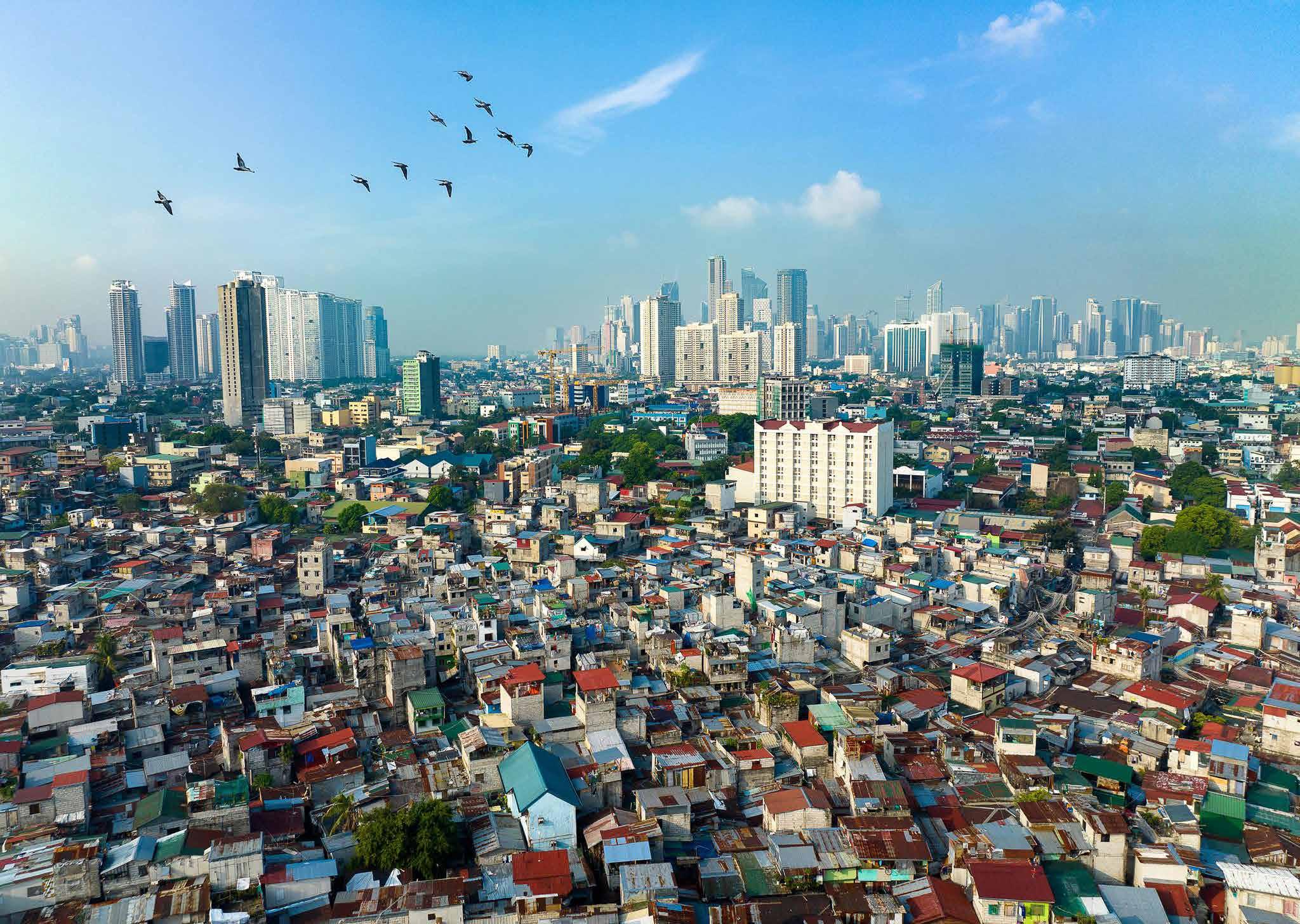
Executive Summary: A Two Tier World. It’s never been a better time to be a billionaire. Their wealth has skyrocketed to unprecedented levels, while people living in poverty all over the world continue to face multiple crises.
The billionaire oligarchy grows ever bigger…
Billionaire wealth rose sharply in 2024, with the pace of the increase three times faster than in 2023. Trillions are being gifted in inheritance, creating a new aristocratic oligarchy that has immense power in our politics and our economy.
BOX 1: A TWO TIER WORLD: THE FACTS
• In 2024, total billionaire wealth increased by US$2 trillion, with 204 new billionaires created. This is an average of almost four new billionaires per week.2
• Total billionaire wealth grew three times faster in 2024 than in 2023.3
• Each billionaire saw their fortunes grow by US$2million a day on average. For the richest 10 billionaires their fortunes grew by US$100 million a day on average.4
• Last year Oxfam forecasted a trillionaire within a decade. If current trends continue, there will now be five trillionaires within a decade.5 Meanwhile, according to the World Bank, the number of people living in poverty has barely changed since 1990.6
• 60% of billionaire wealth comes from either inheritance, cronyism and corruption or monopoly power.7 In 2023, more billionaires were created through inheritance than entrepreneurialism for the first time.8
• In 2023, the richest 1% in the Global North were paid US$263 billion by the Global South through the financial system–over over US$30 million an hour.9
• Of the US$64.82 trillion extracted from India by the UK over a century of colonialism, US$33.8 trillion went to the richest 10%; this would be enough to carpet London in £50 notes almost four times over.10
While the working class struggles to get by People living in poverty all over the world continue to face multiple crises. The scars of the pandemic are still with us in the form of unpayable debts, lower wages and far higher food prices, making day-to-day life a struggle for billions of people.11
Conflict is also increasing, which drives further poverty, hunger and inequality.12 The huge human impact of climate breakdown grows each year with deaths from excessive heat, extreme weather and hunger. 13 The election of Donald Trump as U.S. President in November 2024 gave a huge further boost to billionaire fortunes, while his policies are set to fan the flames of inequality further.’14 In its most recent report on poverty, the World Bank calculates that if current growth rates continue and inequality does not decrease, it will take more than a century to end poverty.15 Conversely, the report shows that if we reduce inequality, poverty could be ended three times faster.16
While overall poverty rates have fallen across the world, the number of people living under the World Bank poverty line of US$6.85 (PPP) today is the same as it was in 1990: almost 3.6 billion people.17 Today this represents 44% of humanity. Meanwhile, in perverse symmetry, the richest 1% own almost an identical proportion – 45% of all wealth.18 One in ten women in the world lives in extreme poverty (below US$2.15 a day PPP);19 24.3 million more women than men live in extreme poverty.20
Research by the World Bank also shows that only 8% of humanity lives in countries that have low inequality.21 Oxfam and Development Finance International’s findings in The Commitment to Reducing Inequality Index 2024 reveal negative trends in the vast majority of countries since 2022. Four in five have cut the share of their budgets going to education, health and/or social protection; four in five have cut progressive taxation; and nine in ten have regressed on labour rights and minimum wages.22 Without urgent policy actions to reverse this worrying trend, economic inequality will almost certainly continue to rise in 90% of countries.23
From 1 trillionaire last year, Oxfam now forecasts that with current trends there’ll be 5 trillionaires within a decade. Meanwhile, 3.6bn people still live below the $6.85 poverty line.
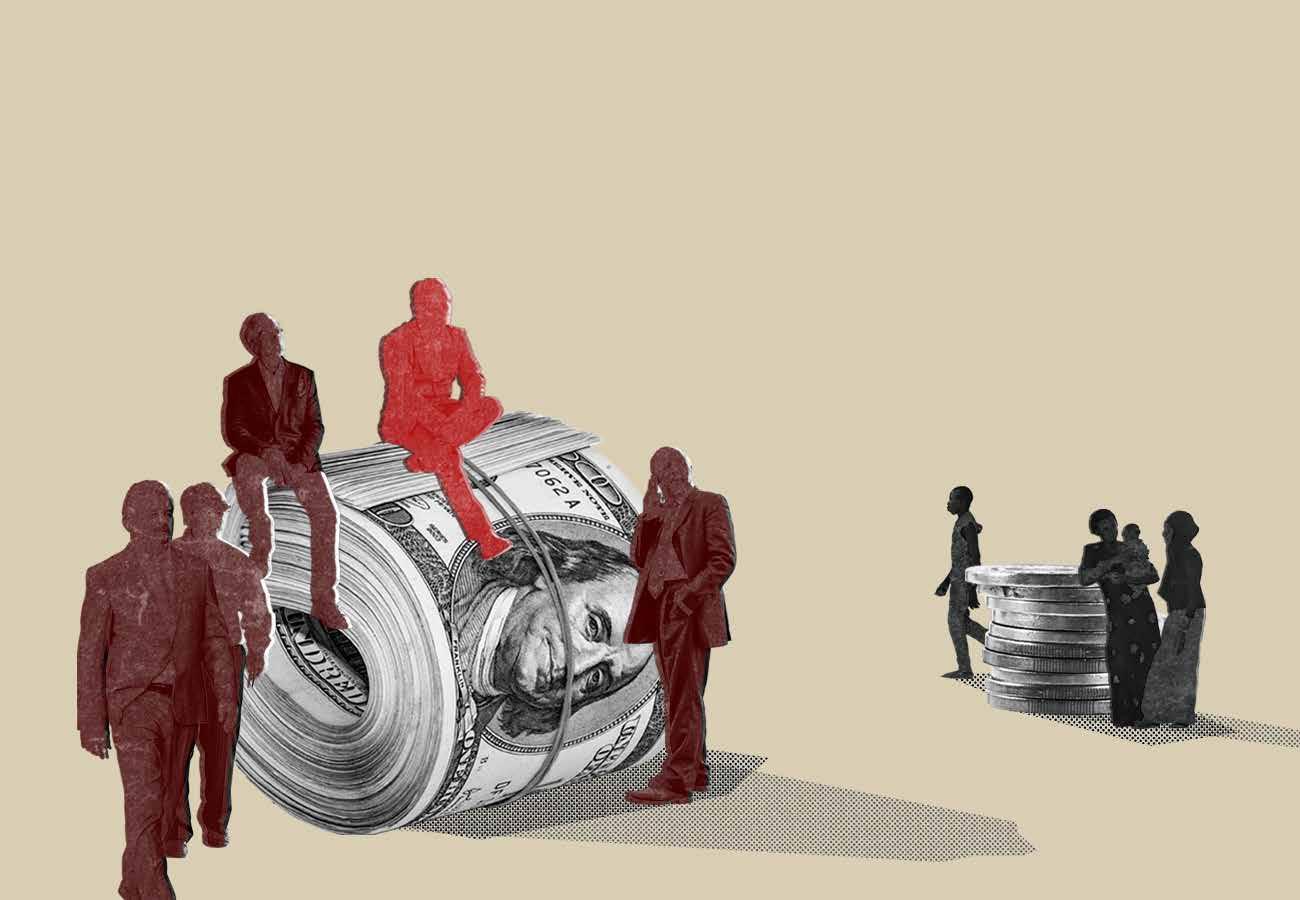
Countries are facing bankruptcy and being crippled by debt; they do not have the money to fund the fight against inequality. On average, low- and middle-income countries spend 48% of their budgets on debt repayments, often to rich private creditors based in New York and London.24 This is far more than their spending on education and health combined.
Racialized women living in poverty, especially those in the Global South, continue to subsidize the global economy. Each day, women contribute an estimated 12.5 billion hours of unpaid care work, adding at least US$10.8 trillion in value to the global economy; the economic contribution of their care work is three times the financial value of the global tech industry.25
This extremely high level of inequality is driving suffering worldwide, and undermining any progress in bringing an end to poverty.
Most billionaire wealth is taken, not earned
The idea that extreme wealth is a reward for extreme talent is pervasive and strongly reinforced in our media and popular culture.26
But this perception is not rooted in reality. This report makes the case that the extreme wealth of today’s billionaire class is largely unearned. It shines a light on two major areas of unearned wealth:
1. The rise of a new oligarchy in which inheritance, cronyism and monopoly power generate extreme wealth. Unchecked, we are about to see the biggest transfer of the largest generational wealth in human history handed over – hardly earned, hardly taxed.
2. The reckoning with colonialism not just as a history of brutal wealth extraction, but also as a powerful force driving extreme levels of inequality today. Wealth transfers not just to the ultra-rich, but disproportionately to the ultra-rich in the Global North. Ours is the age of billionaire colonialism.
BOX 2: THREE FACTS ABOUT THE TEN RICHEST MEN IN THE WORLD
1. The wealth of each of the richest 10 men has grown by almost US$100 million a day in 2024 on average.
2. Even if you saved US$1,000 daily since the first humans, 315,000 years ago, you still would not have as much money as one of the richest ten billionaires.
3. If any of the richest 10 billionaires lost 99% of their wealth, they’d still be a billionaire.
Taken together, today’s levels of extreme wealth concentration are based not on merit. These are takers, and not makers.
Silver spoons: the rise of the new aristocracy
In 2023 – for the first time – more new billionaires got rich through inheritance than through entrepreneurship.27 All of the world’s billionaires younger than 30 inherited their wealth.28 The next three decades will see over 1,000 of today’s billionaires transfer more than US$5.2 trillion to their heirs.29 Oxfam calculates that 36% of billionaire wealth is derived from inheritance.30
Worse still, this transfer will be largely untaxed. Oxfam’s analysis shows that two-thirds of countries don’t tax inheritance to direct descendants at all.31
Half the world’s billionaires live in countries with no inheritance tax on the money they will give to their children when they die.32 Latin America is the region with the highest volume of inherited wealth in the world, yet just nine countries in the region tax inheritance, gifts and estates.33
This is rapidly creating a new aristocracy where extreme wealth is transmitted across generations.
Captured: how cronyism makes fortunes
Much of the wealth of the ultra-rich is not about what you know, but who you know: who you lobby, who you entertain, whose campaign you finance or which person you bribe. In short, much extreme wealth is the product of crony connections between the richest and governments.34
There is a clear link between the areas of the economy that are prone to such cronyism and concentrations of wealth.35 There are basically more billionaires and ultra-rich people in the more crooked, corrupt and captured parts of the global economy, and this is not a coincidence.
Oxfam calculates that 6% of the world’s billionaire wealth is from crony sources.36
Monopoly men and their billions
As monopolies tighten their stranglehold on industries, billionaires are seeing their wealth skyrocket to unprecedented levels.37 Monopoly power is escalating extreme wealth and inequality worldwide.38 Monopolistic corporations can control markets, set the rules and terms of exchange with other companies and workers, and set higher prices without losing business.39 These strategies drive up the wealth of their billionaire owners, who are some of the richest men on Earth:
• Jeff Bezos (net worth: US$219.4bn)40 built the Amazon ‘empire’. Amazon accounts for 70% or more of online purchases in Germany, France, the UK and Spain.41
• Aliko Dangote (net worth: US$11bn)42 is Africa’s richest person and holds a ‘near-monopoly’ on cement in Nigeria and market power across the African continent.43
We calculate that 18% of the world’s billionaires’ wealth is from monopoly power.44
Billionaire colonialism
It is not possible to fully understand the nature of today’s inequality crisis without understanding the long shadow of the colonial past and how it continues to rupture our present.
60% of billionaire wealth is either inherited or gained from cronyism and corruption, or monopoly power.

The unearned nature of much of the extreme wealth of the ultra-rich is arguably a result of colonialism and its impacts. Today most billionaires (68%, who hold 77% of total billionaire wealth) still live in the rich countries of the Global North,45 despite these countries being home to just one-fifth of the global population - a fact that is hard to explain without understanding the ongoing impact of colonialism..
Colonialism is both a historical and a modern-day phenomenon. Historical colonialism is the period of formal occupation and domination by rich countries that largely came to an end with the national liberation struggles waged in the decades after World War Two. Modern-day colonialism (also known as neo-colonialism) is the name we use to cover the largely more informal ways in which predominantly the rich countries of the Global North continue to exercise power and control over the countries of the Global South, perpetuating the impacts of
formal colonialism, and practices and ideas behind it. Today, almost sixty years after the end of the historical colonial period, our global economy is still clearly structured in ways that lead to wealth flowing from the Global South to the Global North, and more specifically from ordinary people in the Global South to the richest people in the Global North
Historical colonialism and the ruling class
From the beginning, rich elites were the prime instigators and beneficiaries of colonialism. Several kings and queens of England supported and profited from slavery.46 King Leopold of Belgium had the Congo as his own personal colony, presiding over appalling cruelty that caused 10 million deaths while amassing a personal wealth of US$1.1 billion.47 In the UK, many stately homes – the aristocratic mansions made famous by Jane Austen and Downton Abbey –were built, benefitted from, or connected to the
Between 1765-1900, 33.8 trillion dollars was drained from India to the richest 1o% in the UK… enough to carpet London in £50 notes almost 4 times over.
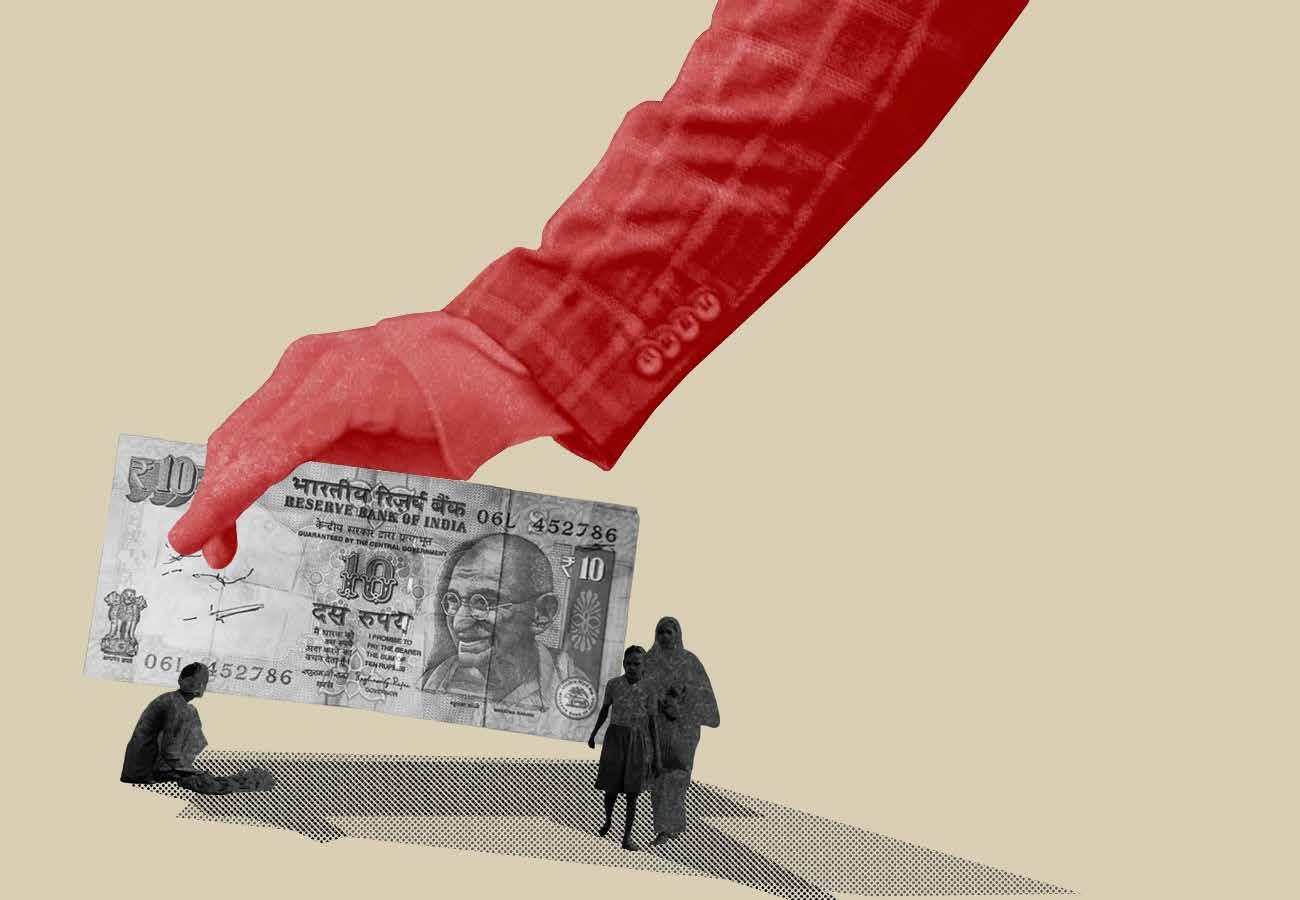
spoils of slavery and colonialism. In one report, the National Trust, who look after over 200 stately homes, calculated that a third of these homes had some connection to the slave trade.48
The period of historical colonialism was also a period of extreme inequality in rich nations. In the UK in 1900, the richest 1% had twice as much income as the poorest half of the population.49 In 1842 in Manchester, UK, the average age of death for labourers was 17 years.50 Men, women and children were worked to death to fuel rapid industrial expansion and grow the fortunes of the owners of this new economy.
Colonialism, and the ideas that underpinned it, allowed the exploitation of the working-class majority to be taken to an even greater level of extremity. Tens of millions of people across the world have suffered because the ideas of racism
and white supremacy gave justification and moral licence to unprecedented and systematic levels of brutality, exploitation, and, at times, extermination.
Colonies that involved the large-scale immigration of settlers, such as Canada, the USA, Australia, Algeria, South Africa and Kenya, were often the site of some of the most appalling colonial acts, as settlers sought to liquidate existing Indigenous populations and take their land. These were terrible crimes, immense in their violence and scale, that continue to impact our modern world. They were the precursors of the genocide of World War Two in Europe.51
This exploitation of people worldwide drove an explosion of wealth for rich people in rich countries and contributed to deep inequality in the Global South, often favouring an elite few at the expense of the many.
Oxfam calculates that between 1765 and 1900, the richest 10% in the UK extracted wealth from India alone worth US$33.8 trillion in today’s money. This would be enough to carpet the surface area of London in £50 notes almost four times over.52
Following the abolition of slavery and its independence from France, Haiti was forced to borrow 150 million francs from France (the equivalent of US$21bn today) to reimburse slave owners, with 80% of this being paid to the richest enslavers.53 This catalysed a cycle of debt and disaster that has continued until the present day.
In the UK, a significant number of the richest people today can trace their family wealth back to slavery and colonialism, specifically the compensation paid to rich enslavers when slavery was abolished.54
Estimates of the damage and restitution due for the transatlantic slave trade, including both the enslavement and post-enslavement periods, vary enormously, not least because of the huge complexities in the calculations, the different assumptions that are taken and the broad diversity of views on this subject. Some examples of the damages calculated by various groups of scholars include US$100 trillion and US$131 trillion (estimated by the Brattle Grpup addressing the transatlantic slave trade and including both the enslavement and post-enslavement periods);55 US$33 trillion to Caribbean nations (by CARICOM);56 and US$20.3 trillion to descendants of enslaved Black Americans alive today (by researchers at the University of Connecticut).57
The fruit from the poisoned tree: how historical colonialism impacts present-day inequality
Today’s unequal world is indelibly burned with the brand of brutal colonial history. Legacies of inequality and pathologies of plunder, pioneered during the time of historical colonialism, continue to shape modern lives.
This has created a deeply unequal world. A world torn apart by division based on racism. A world that continues to systematically extract wealth from the Global South to primarily benefit the richest people in the Global North.
A
deeply unequal world
Profound inequality between the richest and the rest of society, both between rich nations and the Global South and within countries in the Global South, is the legacy of historical colonialism.
The gap between the rich world and the rest is incredibly wide. In 1820, the furthest back the data goes, the income of the global richest 10% was 18 times higher than the poorest 50%; in 2020, it was 38 times higher.58
This economic inequality is reflected in many other measures of progress and wellbeing. Perhaps the most significant impact is on life expectancy; today, the average life expectancy of Africans is still more than 15 years shorter than that of Europeans.59
At the national level too, colonialism bequeathed very high levels of inequality in the countries of the Global South. Today, all the countries, bar one, that the World Bank defines as having high inequality are in the Global South.60 The richest 1% in Africa, Asia and the Middle East receive 20% of all income, almost twice the share of the richest 1% in Europe.61
Today’s education system often bears the marks of and sustains the colonial legacy of inequality through the dominance of Western knowledge and languages, and global disparities in research and funding. 6263 The disproportionate influence of a few educational institutions in the Global North has shaped policy formation in the Global South. In 2017, 39% of heads of state globally were educated in universities in the UK, USA or France.64
Independence did not equate to equality in many newly independent countries. Often colonial rulers were simply exchanged for national elites who tended to maintain existing unequal economic and political systems that enriched them. For many countries, the colonial legacy, particularly of arbitrary borders and weak states, has in turn fuelled conflict, war and persistent fragility.65
Embedded racism, hatred and division
Poisonous ideas of a hierarchy of races underpinned the historical colonial period. These were often based on pseudo-scientific falsehoods that proposed the sub-human nature of some human beings;66 and they were used to justify and legitimize additional levels of extraction67 from racialized groups, as well as genocide and extermination.
This deeply harmful and divisive racist legacy continues to shape societies and our world today.68 Its impacts can be seen in Australia, where a third of the First Nations peoples are in the poorest 20% of the population; First Nations people on average earn 72% of what non-First Nations Australians.69 In South Africa white South Africans still earn three times more than their Black counterparts nearly 30 years after the end of apartheid.70 It was clearly apparent in the disregard of the Global North for the Global South during the pandemic, putting pharmaceutical profits far ahead of saving lives in poorer countries, a move that cost millions of lives.71
Multiple divisions were expanded and exploited, concretized and compounded during the historical colonial period, including caste, religion, gender, sexuality, language and geography. These divisions were used to maximize the possibilities to exploit and undermine any unified opposition. The adoption of colonial policies that deliberately favoured some communities at the expense of others has been associated with a higher risk of ethnically driven civil war.72
Colonialism and gender inequality
Colonialism and gender inequality are closely linked. Women lost power and economic autonomy with the arrival of colonial cash crops and were excluded from the global marketplace which profited from colonial corporations, while women’s contributions were treated as unpaid labour.73,74 At the same time, customary laws enshrined during the colonial period were often transcribed by colonizers based on male testimony and reinforced European notions of gender roles.75 In some
instances, women’s existing political leadership was also disregarded by colonial authorities who turned exclusively to men when they established local political offices.76 Similarly, colonialism imposed strict gender divisions and opposition to any form of homosexuality in colonized societies, in line with social norms in colonial countries.77 Countries that were colonized by Britain are today more likely to have laws criminalizing homosexual conduct.78
Taken together, these strategies of separation pulled societies apart, leaving a global legacy of division that remains painfully clear today.
Economic engines of extraction
Global institutions, financial markets and multinational corporations, all shaped by colonialism and rich-country dominance, continue to facilitate this south–north transfer of trillions of dollars each year.
Global Institutions: the World Bank, the IMF and the UN Security Council
The World Bank and the International Monetary Fund (IMF) were created 80 years ago, near the end of the historical colonial period, and their unequal governance has changed little since then. G7 countries still hold 41% of the votes in the IMF and World Bank despite having less than 10% of the world’s population.79 An average Belgian citizen has about 180 times more voting power, respectively, in the International Bank for Reconstruction and Development (one of the financing arms of the WBG) than an average Ethiopian.80 The leaders of the World Bank and the IMF are still decided by the USA and Europe, respectively.81 Similarly, European and other Global North nations hold 47% of the total seats in the UN Security Council (UNSC), despite representing only 17% of the global population.82
This matters because, for example, the IMF and World Bank remain hugely influential in shaping the global economic system and, in particular, the economic policies of low- and lower-middleincome countries. They consistently insist on the implementation of cuts to critical expenditures
such as funding for teachers and nurses. Thus, during the COVID-19 Pandemic, the IMF’s advice to cut government spending in the global south is estimated to have wiped nearly US$10 billion from public sector wage budgets in just 15 countries – the equivalent of cutting more than 3 million essential jobs, such as teachers, nurses and doctors, despite the growing need for such professionals during this time.83
governments paid US$3.3 trillion in interest to creditors in the Global North.86 Even today, however, Oxfam estimates that for every US$1 that the IMF has encouraged a set of poor countries to spend on public goods, it told them to cut four times more through austerity measures.87
Banks, tax and the global financial system
The IMF requires borrowing countries to prioritize the repayment of debts to creditors above all else, and to implement policies including privatization, liberalizing trade and cutting government deficits to obtain new loans. These policies undermine access to quality and affordable education84 and healthcare, and adversely impact the social determinants of health, such as income and food availability.85 Between 1970 and 2023, Global South IN 2023, The Global South paid over $30 million an hour to the richest 1% in the Global North
The strong currencies of rich nations give these countries, and the owners of financial assets in them, a huge advantage. For example, in the first quarter of 2024, central banks globally held around 58.9% of their allocated reserves in US dollars.88 This enables them to borrow at a very low cost, and this capital is then channelled into more profitable investments in the Global South. This imbalance alone leads to a payment of almost US$1 trillion dollars a year from the Global South to the Global
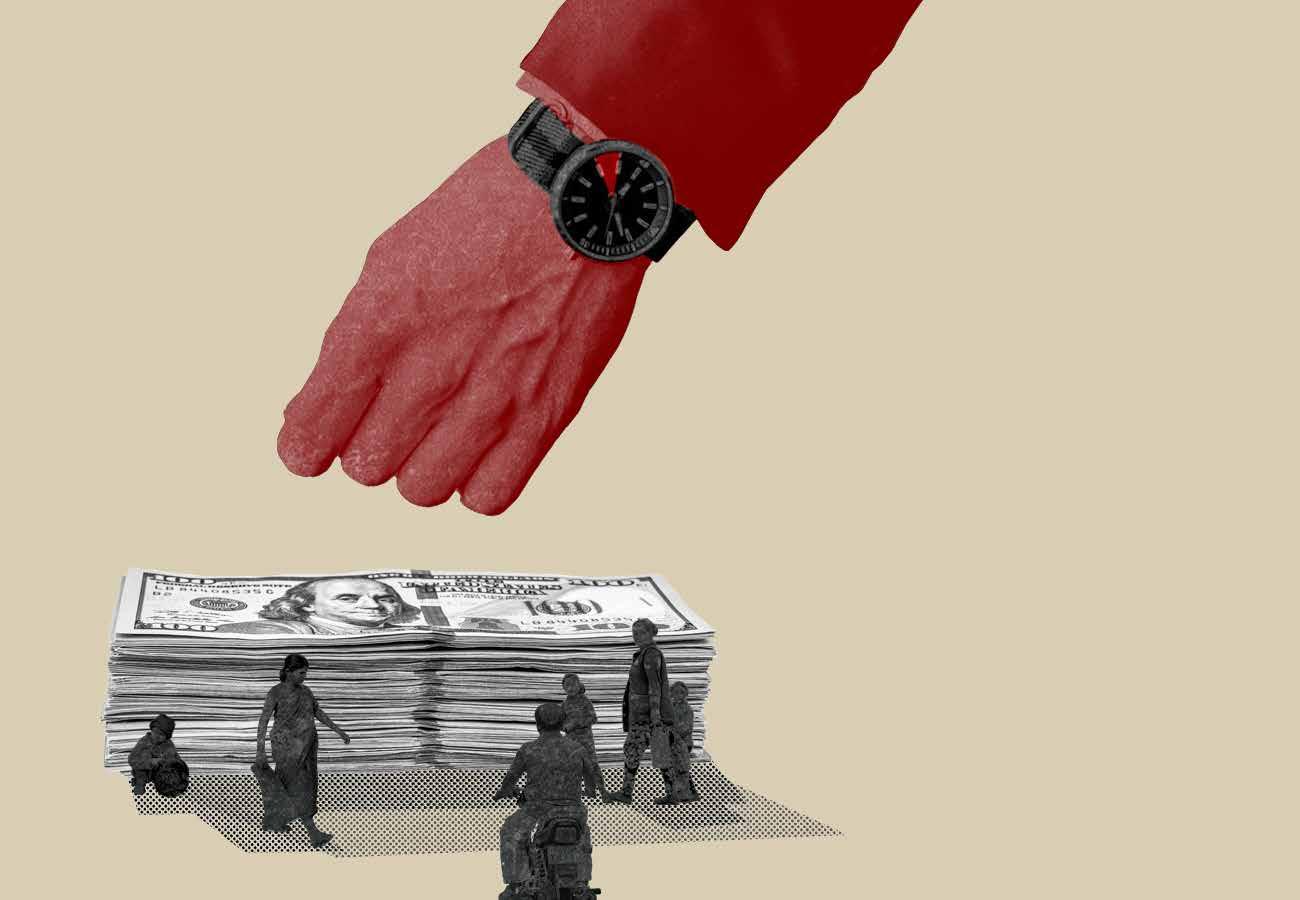
North, of which US$30 million an hour is being paid to the richest 1% in rich countries.89
Today, Global North countries, particularly the USA and UK, continue to be home to the world’s most powerful financial markets and institutions. They are also the headquarters of the credit rating agencies Moody’s, Standard & Poor’s, and Fitch; these agencies shape global perceptions of financial stability and risk, affecting the cost of borrowing for countries, including those in the Global South.
The OECD, a club of rich nations, continues to dominate global tax policy. Over 70% of all corporate tax abuse is channelled through OECD countries themselves, depriving Global South countries of large amounts of tax revenue.90 The Tax Justice Network notes that most tax havens are rich countries or their dependencies.91
Multinational corporations and modern-day colonialism
The modern multinational corporation is a creation of colonialism. It was pioneered by such corporations as the East India Company, which became a law unto itself and was responsible for many colonial crimes.92 In the modern day, multinational corporations, often occupying monopoly or near-monopoly positions, continue to exploit workers in the Global South, particularly women workers, on behalf of rich shareholders primarily based in the Global North.
Global supply chains and export processing industries represent modern colonial systems of south–north wealth extraction. Workers in these supply chains frequently experience poor working conditions, a lack of collective bargaining rights, and minimal social protection. Wages in the Global
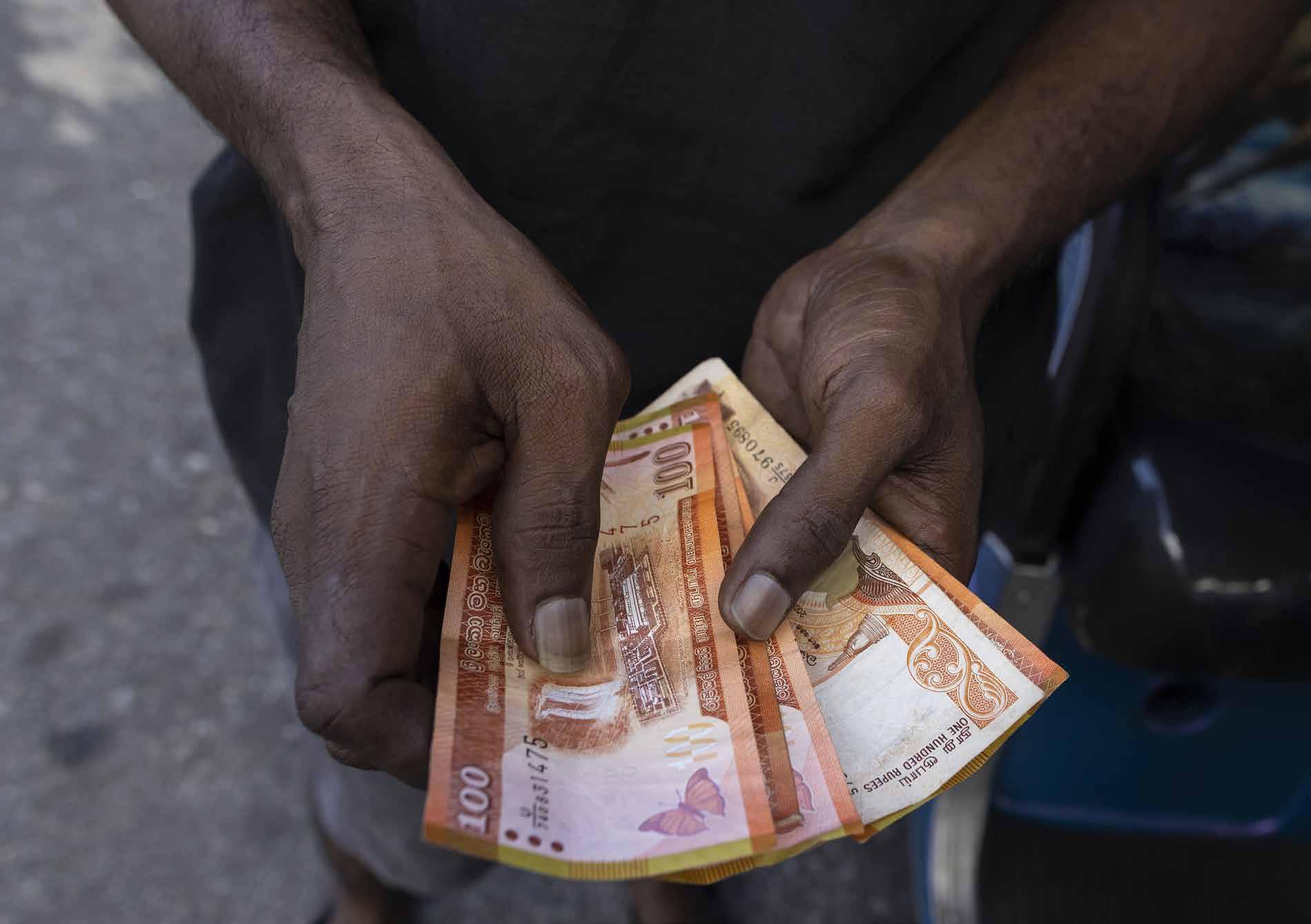
South are between 87% and 95% lower than wages in the Global North for work of equal skill.93 Large multinational corporations dominate global supply chains, benefitting from cheap labour and the continued extraction of resources from the Global South; they capture the vast majority of profits and perpetuate dependence, exploitation and control through economic means. In 2022, a comprehensive study sought to quantify the benefit of this unequal exchange to the Global North between 1995 and 2015, finding that US$242 trillion (in 2010 US$) was extracted by the Global North in this way.94
Decolonizing our economy and dethroning the super-rich
The fight against modern-day colonialism reaches a critical milestone in 2025. It marks 70 years since the Bandung Conference, where Global South countries sought to create a New International Economic Order (NIEO).95 The African Union’s theme for 2025 is ‘Justice for Africans and people of African descent through reparations’.96 It will see the Fourth UN International Conference on Financing for Development (FfD4) and the World Summit for Social Development.97 These offer opportunities to make institutional reforms that can ensure a more equal future.
To contribute to meaningful systemic change, governments must:
• Radically reduce inequality – setting global and national goals to do so. End extreme wealth. Commit to a global inequality goal that dramatically reduces inequality between the Global North and the Global South; for example, the incomes of the richest 10% must be no higher than the poorest 40% globally. Set similar time-bound targets to reduce national economic inequality, aiming for the total income of the richest 10% to be no more than the total income of the poorest 40%, known as a Palma of 1.98
• Repair the wounds of historical colonialism
Former colonial governments must acknowledge and formally apologize for the full range of crimes committed under colonialism and ensure that
these enter public memory. Reparations to the victims must be made to ensure restitution, provide satisfaction, compensate for damages incurred, ensure rehabilitation and prevent future abuses. The cost of reparations should be borne by the richest, who benefited the most from colonialism.
• End systems of modern-day colonialism. The IMF, the World Bank, the UN and other global institutions should completely change their governance to end the formal and informal dominance of the Global North and the interests of their wealthy elites and corporations. The dominance of wealthy nations and corporations over financial markets and trade rules must be ended. In its place, a new system is needed that promotes economic sovereignty for Global South governments and enables access to fair wages and labour practices for all workers. Unequal free trade policies and accords must be repealed.99
• Tax the richest to end extreme wealth. Global tax policy should fall under a new UN tax convention and facilitate the payment of higher taxes by the richest people and corporations to radically reduce inequality and end extreme wealth.
• Promote South-South cooperation and solidarity Global South governments should form alliances and regional agreements that prioritize equitable, mutually beneficial exchanges; promote economic independence; and reduce reliance on former colonial powers or Global North economies. Collectively, they should demand reforms in international institutions such as the World Bank and the IMF, and foster collective development by sharing knowledge, technology and resources to support sustainable development and resist exploitative global systems. At the same time, governments must strengthen public services and implement land reforms to ensure access to land.
• End ongoing formal colonialism in all forms. The remaining non-self-governing territories must be supported to realize their rights to equal rights and self-determination in line with Article 1(2) of the UN charter and the UN Declaration on the Granting of Independence to Colonial Countries and peoples.100
